Sustainable materials for your industry
Tailored to your needs. Innovative. High-performance. Economical.
Our materials at a glance:
Our raw materials
The term sustainable is multifaceted and depends on the market, application, end-of-life scenario, regulations and the strategy of our partners. That is why we use a broad spectrum of raw materials:
- Thermoplastics: recycled (post-industrial) and bio-based polyolefins, biodegradable polyesters
- Fibres: straw, wood, elephant grass, paludiculture, cellulose fibres, basalt and much more, mechanically recycled glass fibres
- Additives: to add functionalities and optimise processability in downstream processes
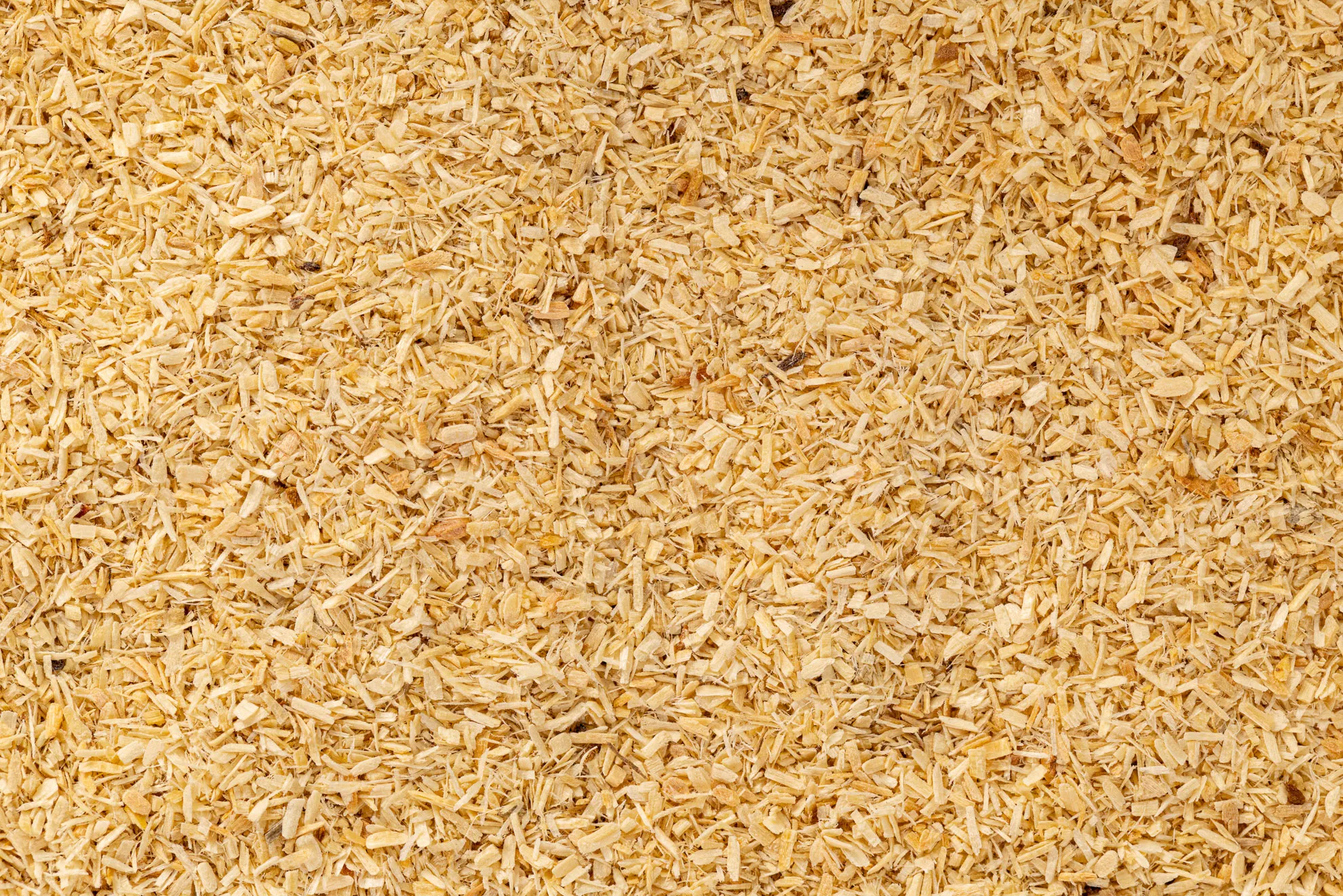
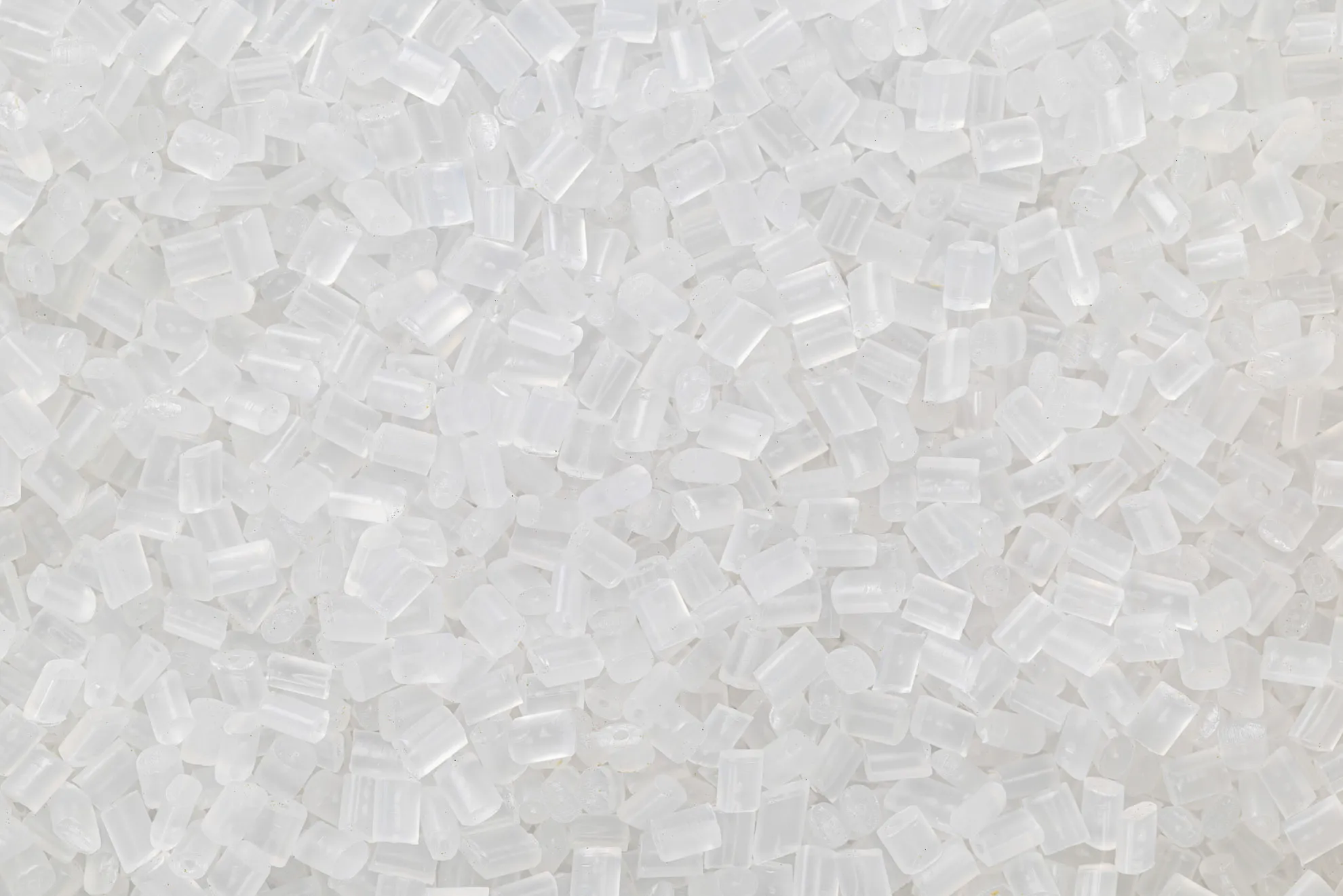
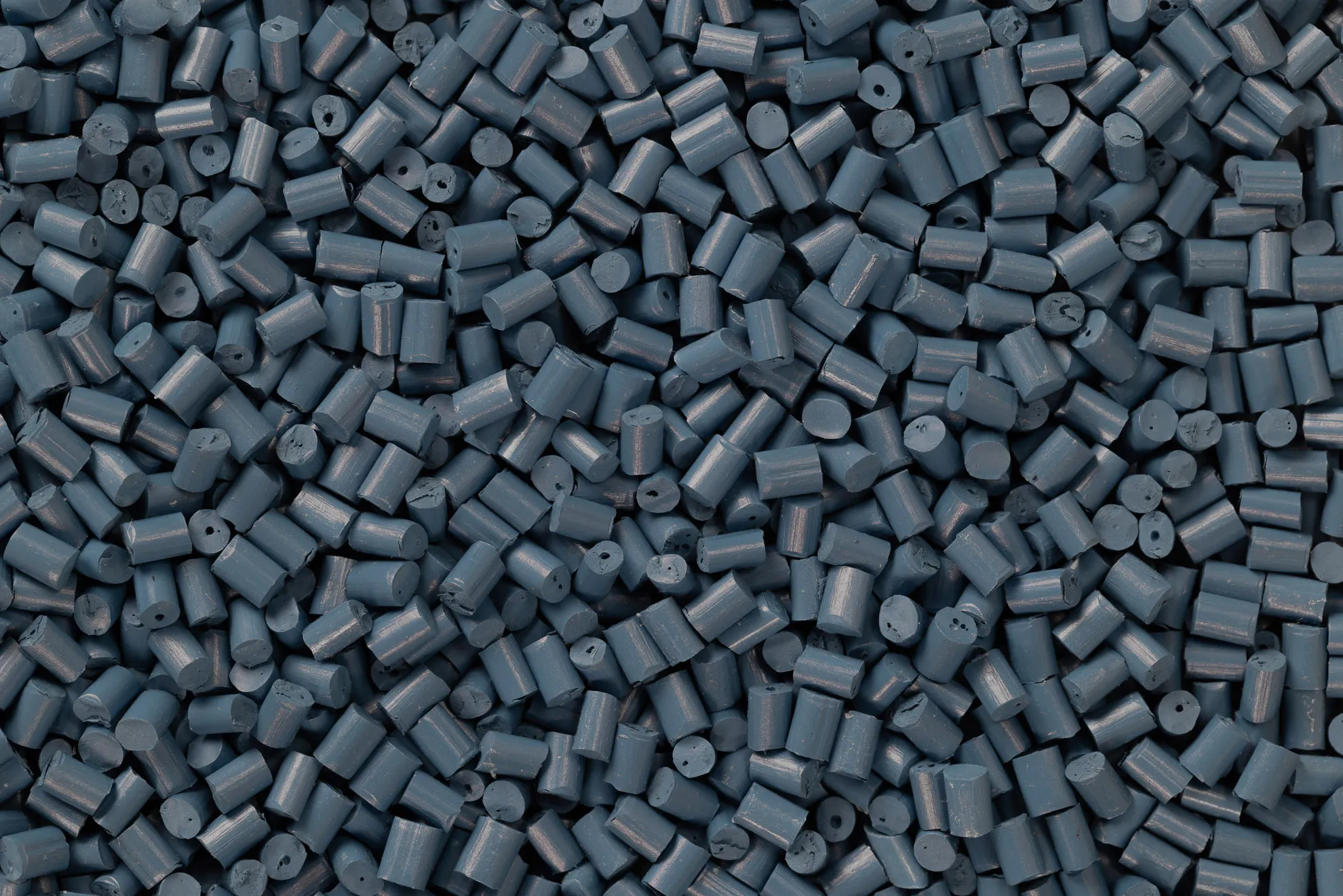
Our proven standard materials
We work with our customers as efficiently and resource-conserving as possible. Based on more than 14 years of experience, we have developed four standard material families with clearly defined core characteristics, including mechanical properties and different end-of-life scenarios. Through structured initial discussions with our customers, we obtain a clear picture of the application and its requirement profiles – and can then recommend suitable sampling materials.
- Compound based on thermoplastic biopolyesters and natural wood fibres
- High heat and flame resistance
- Natural look and feel
- Highly efficient process control in 3D printing and injection moulding
Substitute for e.g.:
PS, PET
Examples of areas of application:
3D printing (including furniture), stationery, packaging
Move your mouse over the icon for more information.
Click on the icon for more information.
biobased content*
EcoScore**
yield strength
E-modulus
heat deflection temperature
*calculated on a mass balance basis from the raw materials used (according to EN 16785-2)
**calculated based on the normalized inverse carbon footprint (kg CO₂eq/kg, ISO 14067)
- Compound made from bio-based polypropylene and natural fibres from waste streams
- Melamine, PFAS and BPA-free (not intentionally added)
- Robust, durable and temperature-resistant
- Natural look and feel
- Lightweight construction
Substitute for e.g.:
PP, HDPE, (PP GF20, PP T-20)
Examples of areas of application:
Durable applications in the automotive, construction and packaging industries
Move your mouse over the icon for more information.
Click on the icon for more information.
biobased content*
EcoScore**
yield strength
E-modulus
heat deflection temperature
*calculated on a mass balance basis from the raw materials used (according to EN 16785-2)
**calculated based on the normalized inverse carbon footprint (kg CO₂eq/kg, ISO 14067)
- Compounds made from certified biodegradable raw materials
- Highly flexible
- Free from melamine, PFAS and BPA (not intentionally added)
- Excellent colourability
- Designed for degradability in natural environments
Substitute for e.g.:
PE, PP, PVC
Examples of areas of application:
Agriculture and forestry
Move your mouse over the icon for more information.
Click on the icon for more information.
biobased content*
EcoScore**
yield strength
E-modulus
heat deflection temperature
*calculated on a mass balance basis from the raw materials used (according to EN 16785-2)
**calculated based on the normalized inverse carbon footprint (kg CO₂eq/kg, ISO 14067)
- Compound based on mineral-reinforced PLA
- Very robust and resistant
- Free from melamine, PFAS and BPA (not intentionally added)
- Excellent colourability
- Food contact tested by TÜV Rheinland
Substitute for e.g.:
ABS, PC/ABS
Examples of areas of application:
Toys, stationery and construction industry
Move your mouse over the icon for more information.
Click on the icon for more information.
biobased content*
EcoScore**
yield strength
E-modulus
heat deflection temperature
*calculated on a mass balance basis from the raw materials used (according to EN 16785-2)
**calculated based on the normalized inverse carbon footprint (kg CO₂eq/kg, ISO 14067)
bioscovery® Customized
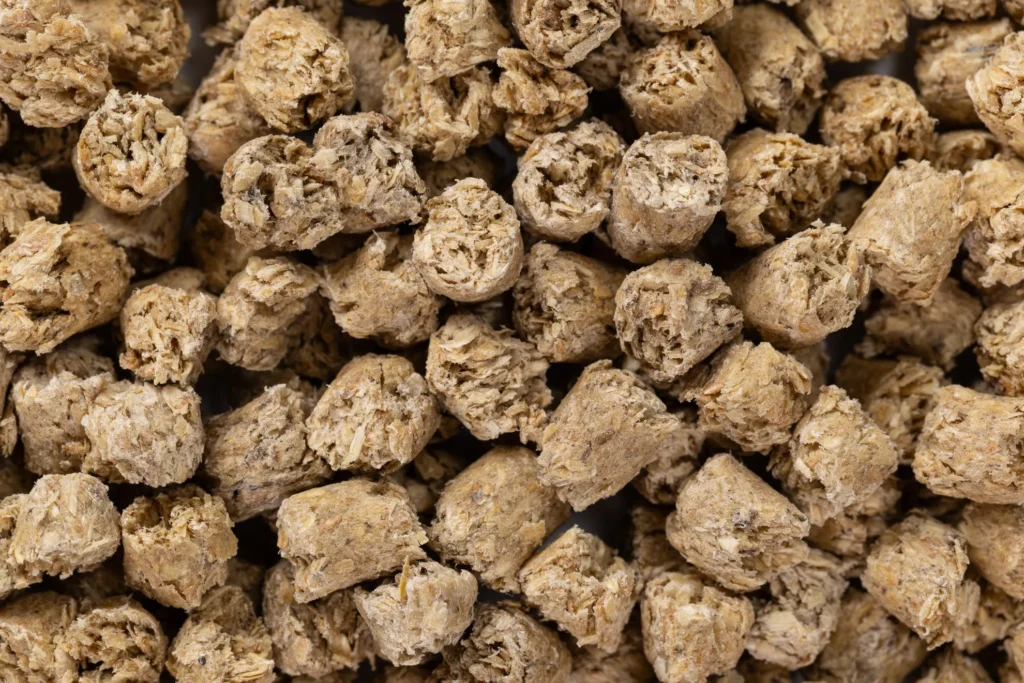
We also develop compounds tailored precisely to your requirements. Following our idea-to-market approach, we begin with a consultation and initial sampling to gain a comprehensive picture of the requirements profile for your application.
Through close cooperation and targeted iterations, we create exactly the sustainable material that meets your product requirements, both technically and economically, from the initial concept to full-scale series production.
If our standard materials reach their limits, we jointly define complementary work packages to realise a truly customised material solution as efficiently as possible.
Would you like to learn more about our sustainable materials?
Wood Plastic Composites (WPC)
WPC is a composite material consisting of a high proportion of wood fibres (or sawdust) combined with a thermoplastic matrix. Thanks to our in-house profile extrusion lines, we can also produce semi-finished products.
- Material basis: composite of wood fibres or sawdust and thermoplastic polymers
- Properties: high resistance to moisture and weathering, ideal for outdoor use
- Appearance: wood-like surface with versatile design options
- Sustainability: recyclable, reduces the use of virgin plastics and supports the circular economy
Examples of areas of application:
Decking, fences, furniture, automotive parts and building materials
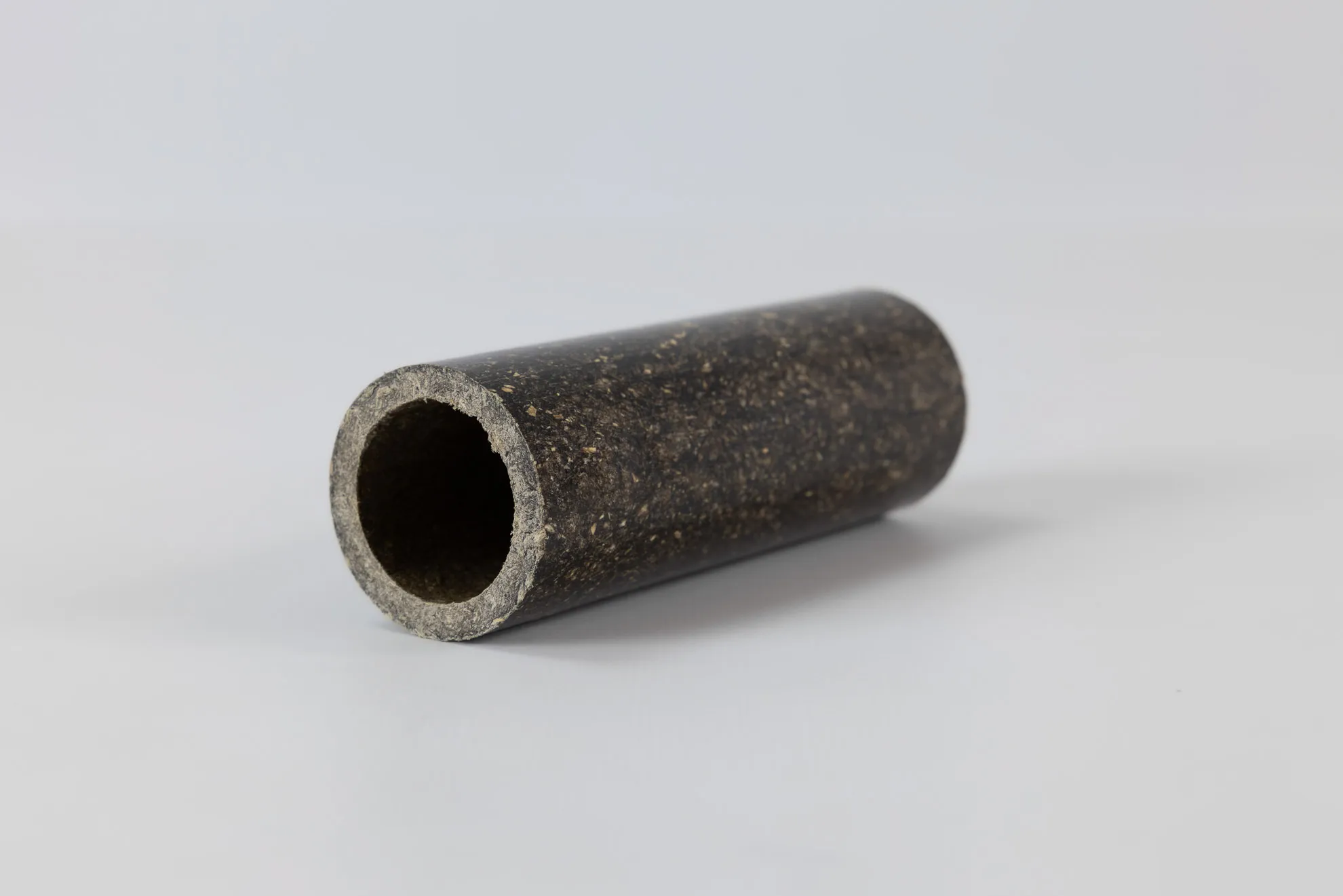
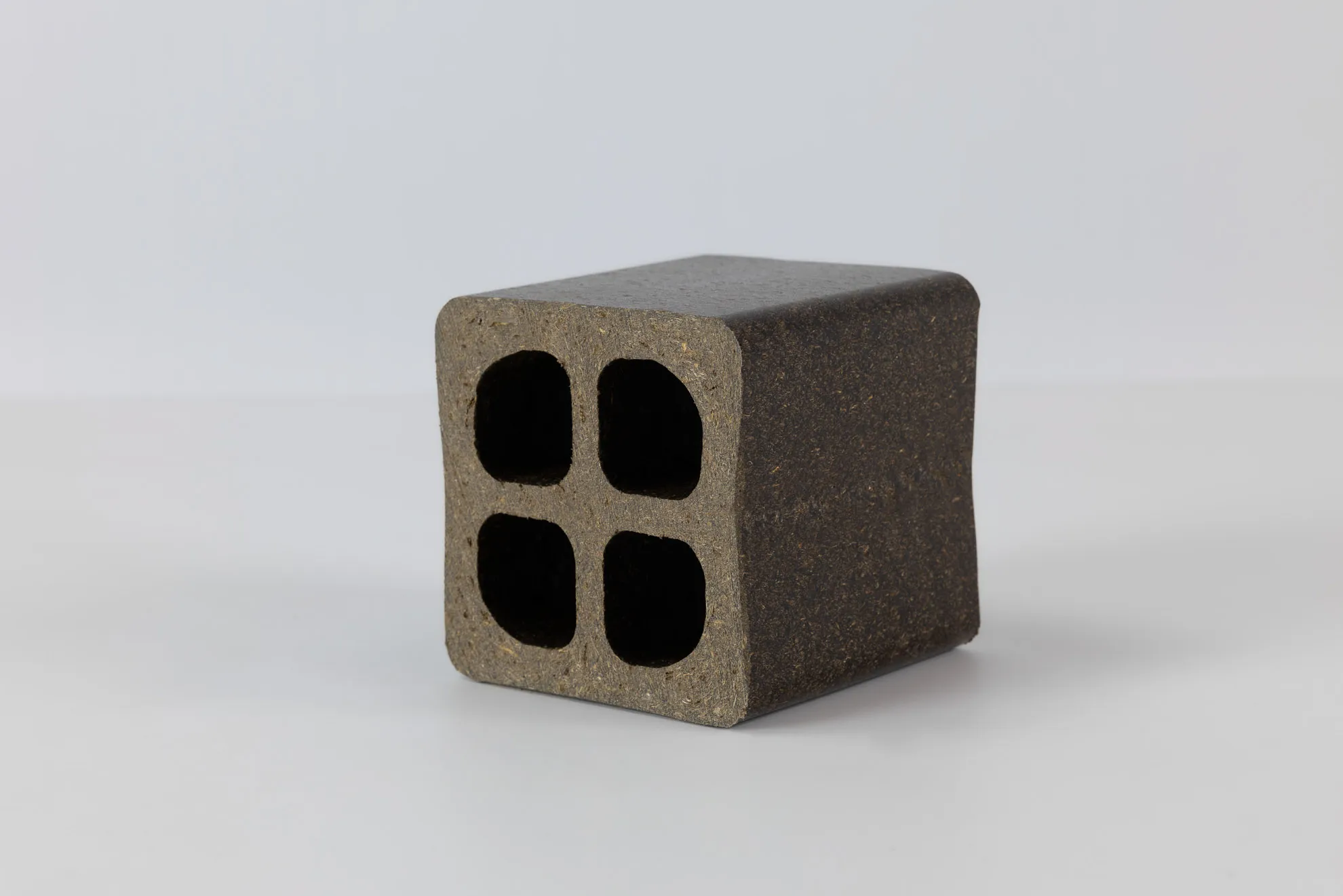
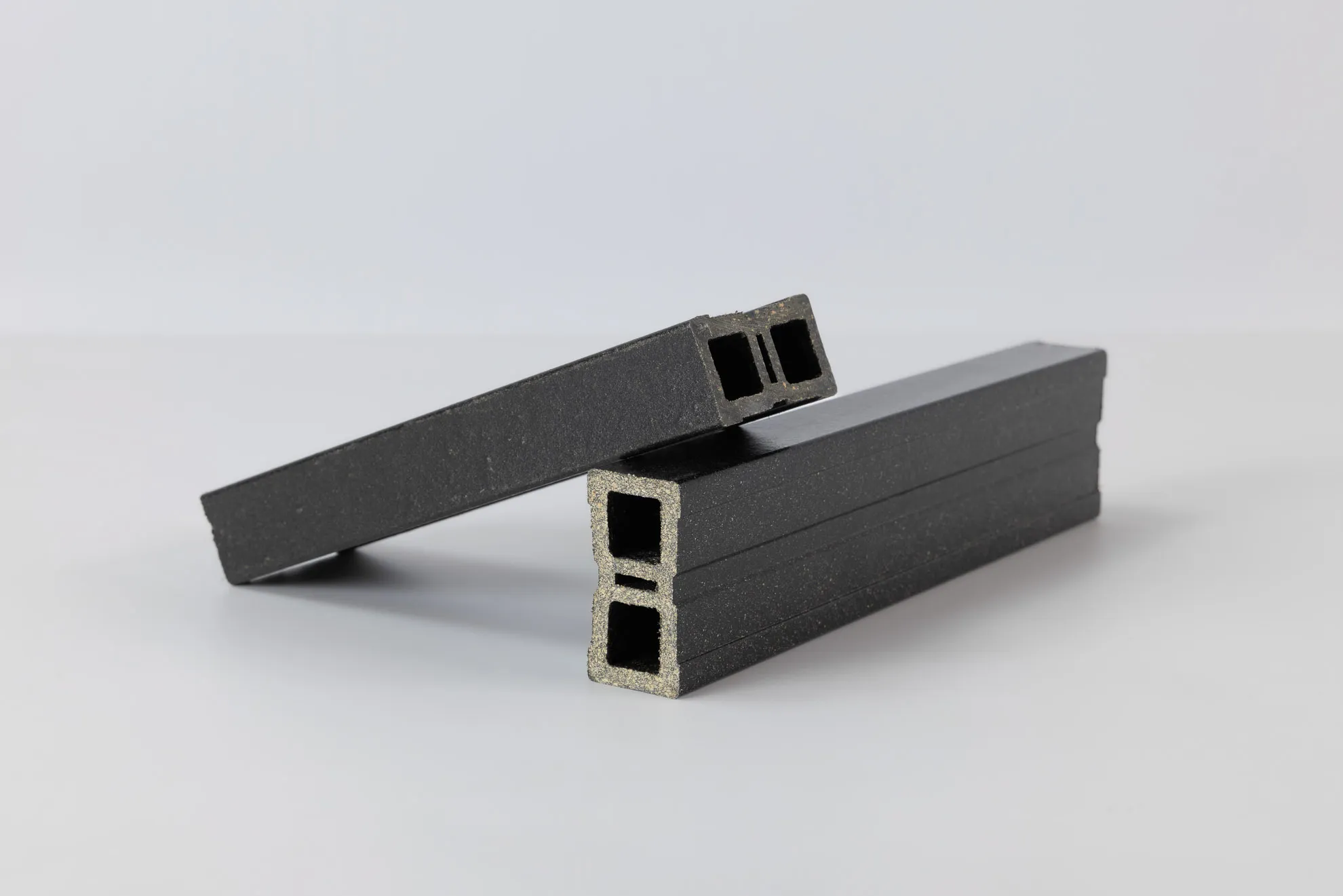
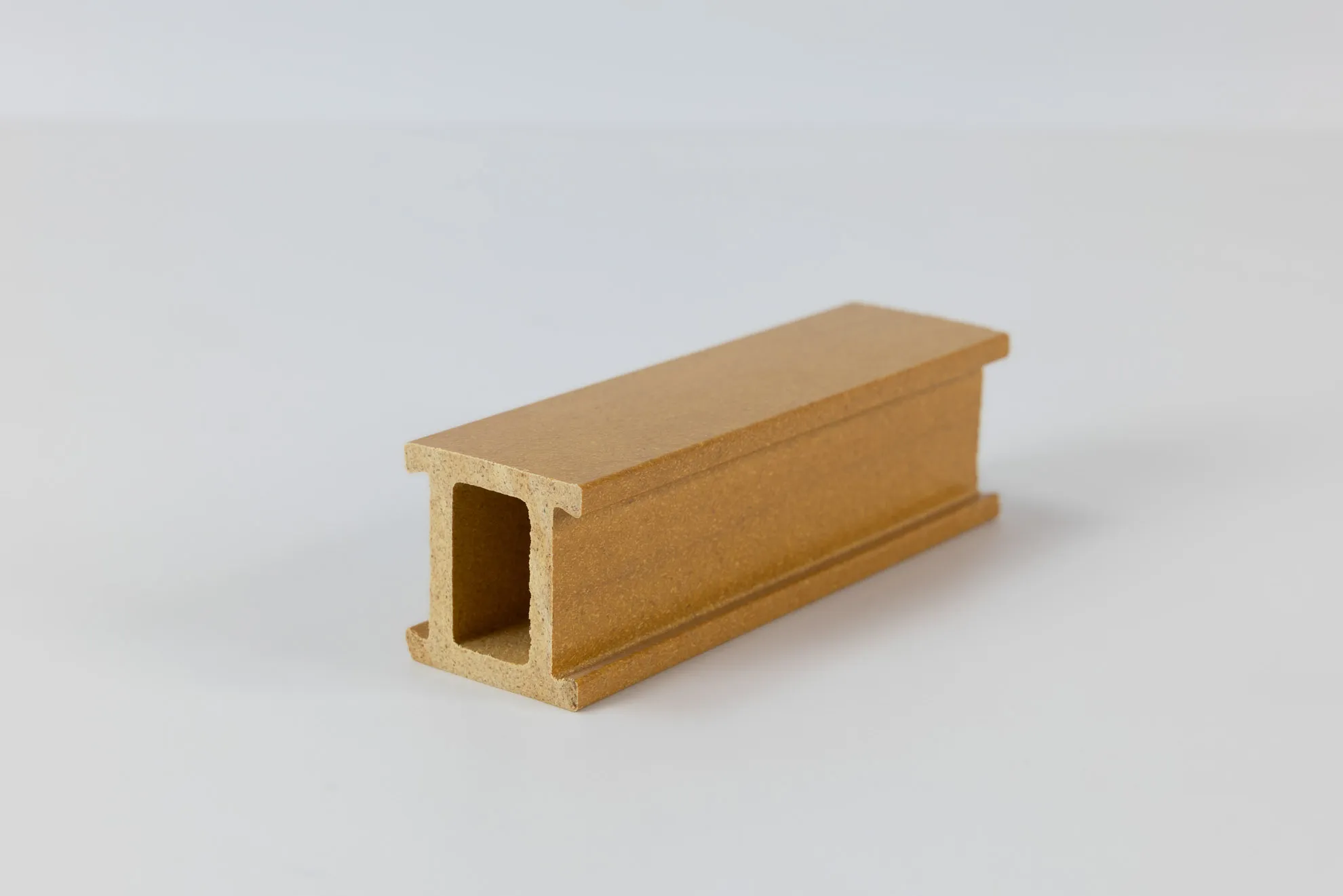
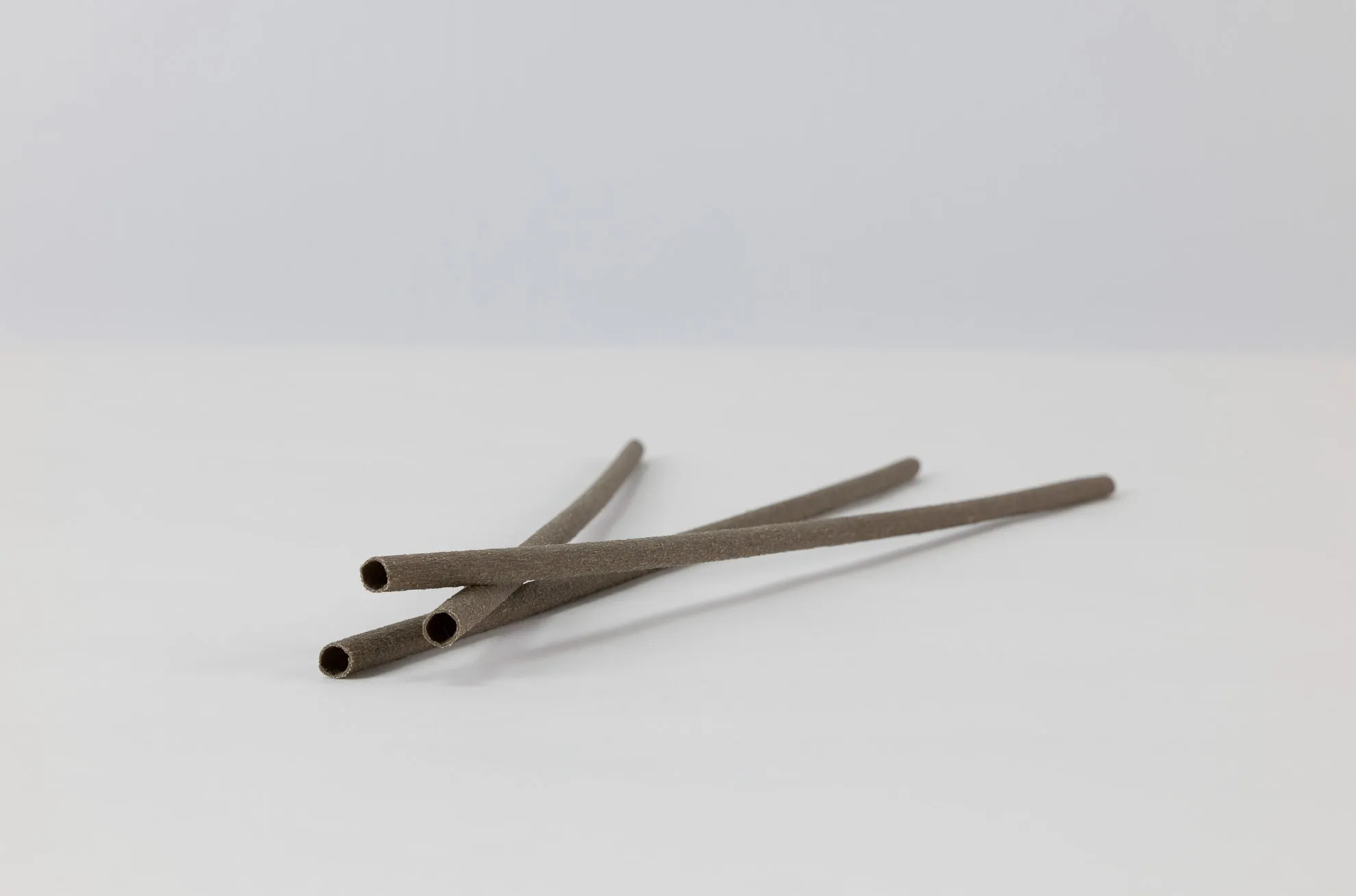
Natural fibre-reinforced plastics
Innovative composite materials reinforced with plant fibres such as wood, straw or paludiculture. Our compounds demonstrate that sustainability and high performance go hand in hand, even in demanding applications.
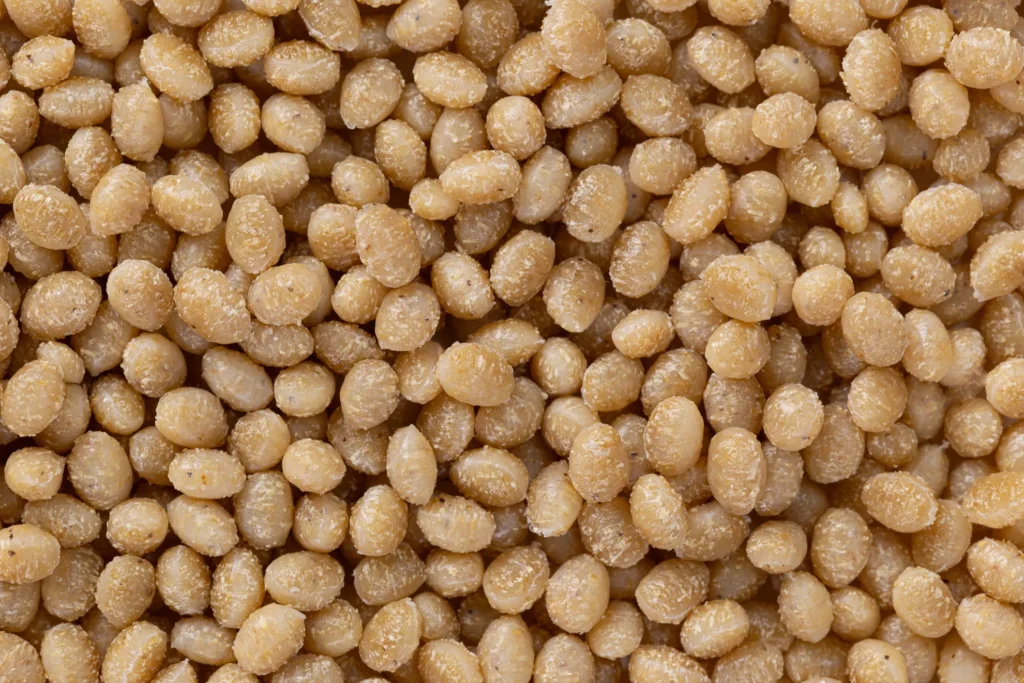
- Lightweight yet strong – offers high strength at reduced weight, ideal for lightweight construction.
- Biodegradable options – contributes to reducing plastic waste and improving environmental compatibility.
- Enhanced stiffness and impact resistance – suitable for applications with high mechanical requirements.
Examples of areas of application:
Interior trim in automotive engineering, packaging, electronics housings and consumer goods
Up to
of plastic can be replaced by wood fibres when using WPC.*
bioscovery BPB® ECO SPACER®
Developed in collaboration with REMEI & BPB GmbH & Co., KG, BPB® ECO SPACER® is a patented, environmentally friendly alternative to conventional plastic spacers used in the construction industry.
From challenge to innovation
The need for a sustainable replacement for LDPE-based spacers led to the development of BPB® ECO SPACER®. Through intensive R&D, we created a bio-based thermoplastic solution that meets the industry’s requirements for strength, durability and biodegradability. Since its market launch in 2019, large volumes have been successfully used across Europe, with continuous improvements driven by customer needs and new raw materials. In recognition of its pioneering character, BPB® ECO SPACER® received the Biopolymer Innovation Award 2019 and the Renewable Raw Materials Award 2019.
Why BPB® ECO SPACER®?
- Sustainable: up to 95% bio-based content, incorporation of recycled content, biodegradable
- High performance: scratch protection, load stability and hydrolysis resistance
- Lower carbon footprint: significantly reduced CO₂ emissions compared to fossil-based spacers
- Innovative material composition: ensures long-term stability while remaining biodegradable
Smart technology – solving key challenges
- Biodegradability & stability: high bio-based content with recycled share, while maintaining strength
- Flexibility & resilience: resilient performance without compromising structural integrity
- Hybrid approach: combining bio-based and recycled materials for maximum sustainability
- Precision & cost efficiency: high quality at competitive prices
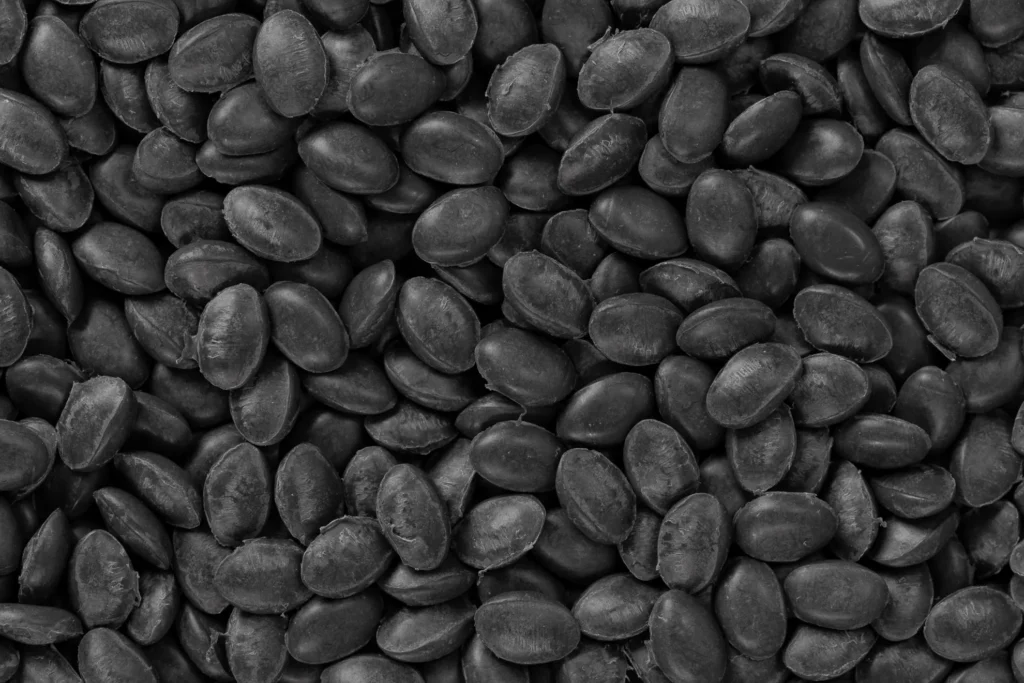
Frequently asked questions
Performance & quality
Are (bioplastic) compounds just as resistant as conventional plastics?
Our compounds are developed and tested to the highest quality standards. Their mechanical properties are competitive with many conventional plastics. Through years of R&D, including collaboration with universities, we have created material formulations that are specifically tailored to specific application requirements. Each material undergoes extensive testing including tensile strength, impact strength, flexural strength and other mechanical properties are tested in accordance with international standards.
Are there any differences in appearance and feel compared to conventional plastics?
The surface quality of our bioplastics meets the highest standards. We offer:
- A wide range of surface finishes, from high-gloss to matt
- Extensive colour options according to RAL or Pantone
- Consistent quality across all batches
- No odour formation
- Pleasant tactile properties
Visually, the materials are indistinguishable from conventional plastics. In addition, special effects such as soft-touch or antistatic properties can be achieved.
Costs and economic efficiency
Are (bioplastic) compounds more expensive than petroleum-based plastics?
The price situation must be assessed in a differentiated way. As in other industries, possible cost differences are strongly influenced by:
- Production volumes
- Degree of process optimisation
- Technological advances
It is also important to consider the total costs perspective, including:
- Marketing advantages through sustainability
- CO₂ savings and potential certification benefits
- Compliance with future regulations
- Image enhancement and customer loyalty
We are happy to assist you with profitability calculations, taking all relevant factors into account.
Processing
Do I need to convert my machines for processing (bioplastic) compounds?
The good news: in most cases, no special modifications are required. Our materials are specifically designed for processing on standard equipment:
- Injection moulding machines: standard screws and nozzles are suitable
- Extruders: conventional screw configurations can be used
- Tools: Existing moulds can continue to be used
- Peripherals: Existing drying systems and conveyors are compatible
Our technical team will be happy to review your equipment during the process and provide a detailed compatibility assessment.
Sustainability & disposal
Are bioplastics truly biodegradable or compostable?
Bioplastics can be biogradable and/or bio-based – but these properties are not necessarily linked. The decisive factor is the chemical structure of the material, not just the origin of the raw materials.
In developing and producing our compounds, we pay close attention to the requirements of the respective application. Depending on the goal, it may be appropriate to use a biodegradable material – while in other cases bio-based but durable material is the better choice.
The intended end-of-life scenario is also crucial. Since not all bioradability is the same – there are various scenarios, such as:
- Industrially compostable (e.g. according to EN 13432)
- Home compostable
- Biodegradation in soil
- Degradable in marine environments
Together with our customers, we analyse these framework conditions and objectives from the outset – to develop a tailor-made material solution that fits both the application and its end-of-life pathway.
How does the environmental balance compare to conventional plastics?
Our materials show a clear ecological advantage over conventional plastics – particularly in the following areas:
1. CO₂ savings:
The use of renewable raw materials and energy-efficient production processes can significantly reduce the carbon footprint.
2. Resource conservation:
We focus on the responsible use of natural resources – both in traw materials and in production.
3. Recyclability:
Various end-of-life options such as recycling or composting are possible. We are also working on solutions for closed material cycles.
Initial life cycle assessment calculations confirm these clear ecological advantages compared to conventional plastics. We are happy to share these results with our customers ito address specific applications and sustainability goals.
Can the materials be recycled in existing systems?
Our materials are in principle recyclable – but this depends on the specific material, the application context and the regulatory framework. Key factors include the end-of-life-strategy and the performance requirements for the material.
Depending on orientation and objectives, different recycling options are possible:
1. Mechanical recycling:
- Depending on the type, our materials can be recycled multiple times.
- In many cases, essential material properties can be retained.
- Defined compatibility with other plastics may also be possible.
2. Chemical recycling:
- For certain applications, the material can be broken down into its basic components.
- This involves the use of innovative technologies, which are currently developing in a rapid pace.
3. Industrial composting:
- For specific biodegradable materials, controlled composting is a suitable end-of-life scenario.
- This offers an alternative to traditional recycling – provided that appropriate infrastructure is available.
We work with our customers to evaluate the best option in each case, taking into account legal requirements as company-specific sustainability goals – and develop the appropriate material strategy accordingly.
Availability & security of supply
Are sufficient quantities available for industrial applications?
We guarantee security of supply through:
- Own production capacities:
- Multiple production sites
- Scalable manufacturing
- Continuous capacity expansion
- Strategic partnerships:
- Secure raw material supply
- Global supplier network
- Redundant sourcing options
- Stockpiling:
- Strategic stock levels
- Short delivery times
- Flexible batch sizes
How secure are prices and availability?
We offer various options to ensure stable prices and reliable availability:
- Framework agreements:
- Long-term price fixing
- Purchase agreements
- Flexible call-off quantities
- Price stability through:
- Diversified raw material sources
- Efficiency improvements
- Technological optimisation
- Transparent pricing:
- Transparent calculation
- Fair adjustment clauses
- High planning reliability
